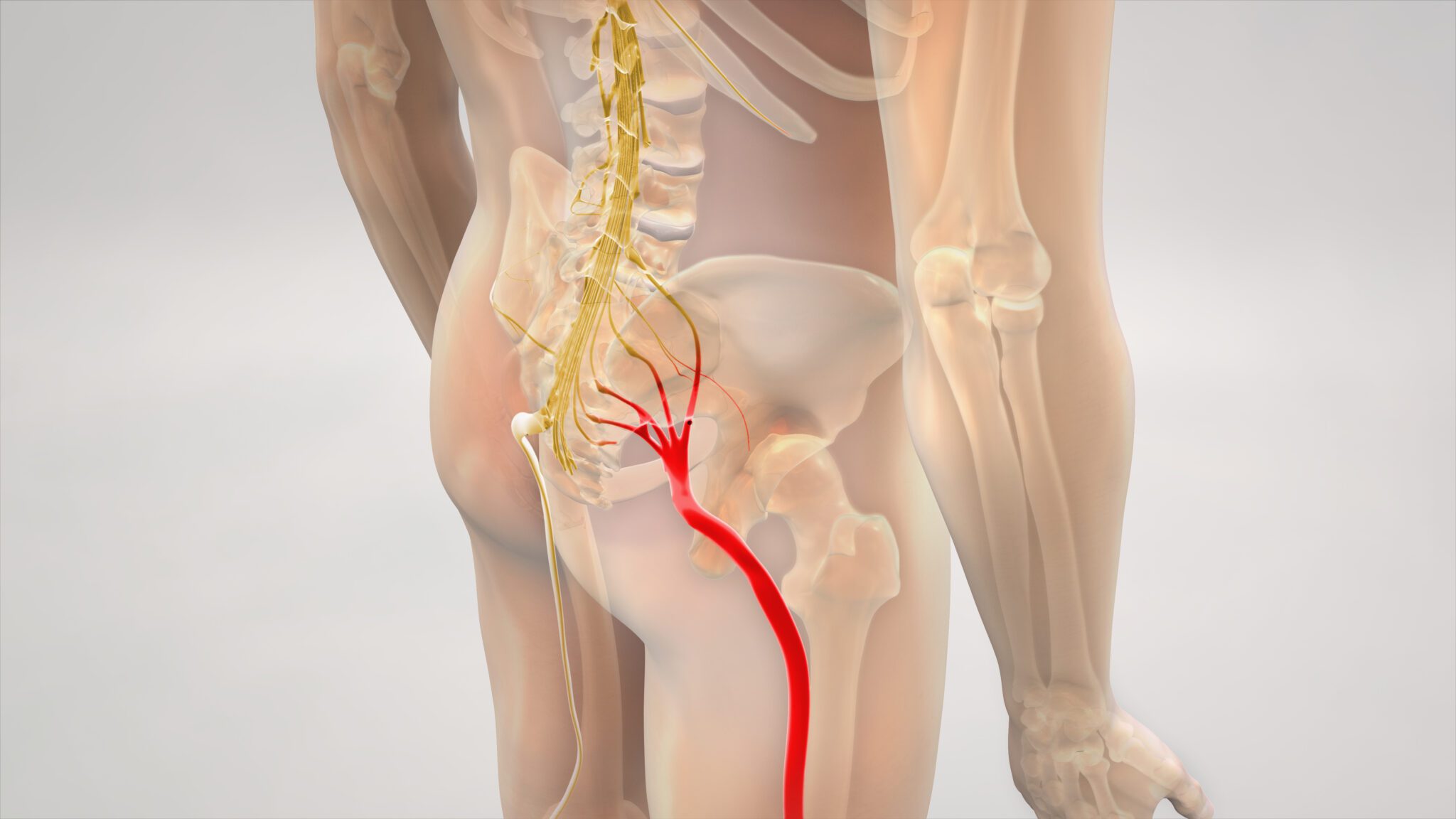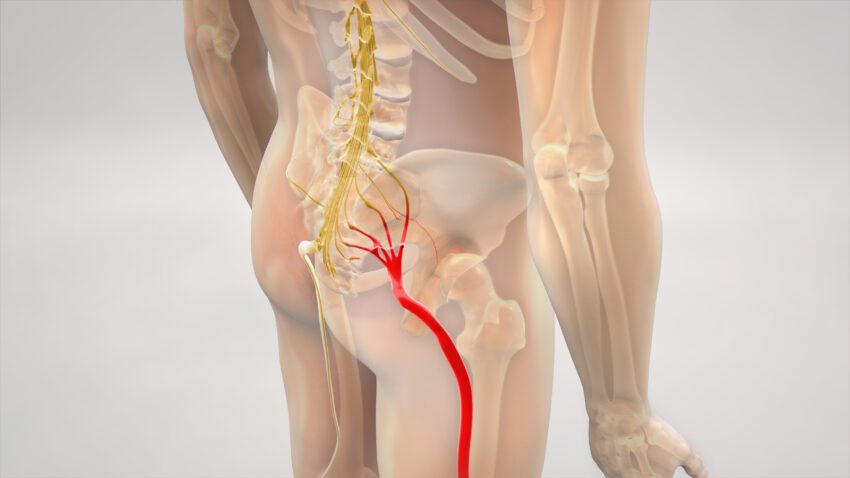
Sciatica is a term many people use incorrectly or don’t understand. A feeling of discomfort down the leg may cause you to think this condition is the problem. But what is it exactly and how can you treat it?
The technical name for Sciatica is lumbar radiculopathy. This name is in reference to pain radiating from the sciatic nerve. This nerve branches out from the lower back and has a wide range of sensitivity, including in the hips, buttocks, and the length of each leg. The pain from comes from irritation, inflammation, pinching or compression of the nerve — often caused by a herniated disc.
>>>>> A Back Pain Treatment That Worked: Mary Lou’s Story
Usually people only experience Sciatic pain on one side of the body. In the video below, hear from Dr. Thomas Schuler, President of the National Spine Health Foundation’s Medical and Scientific Board. He gives some foundational information on Sciatica and what you should know about it:
Like videos like this one? Check out our Spine-Talks® platform, where you can search hundreds of videos on a wide variety of spine health conditions and concerns.
Symptoms of Sciatica
There are few variations of symptoms for Sciatica. These include pain, tingling, numbness, or weakness through the butt, hips, and legs. Sometimes a feeling of “pins and needles” is present. Sometimes there is a feeling or relief when you sit, stand, or generally change positions, as it can cause the pressure to move. Often, a sudden movement like a sneeze or a cough can also aggravate an inflamed nerve. Symptoms can be mild or extremely painful.
>>>>> Surgery: How to Make Decisions With Your Doctor
Risk Factors for Sciatica
According to Harvard Medical School, at least 40% of people get Sciatica at some point in their lives. As with many spine health conditions, older individuals are more prone to getting it. There are several risk factors to consider:
- General aging can cause breakdown that leads to Sciatica
- Previous injury can cultivate inflammation or herniated disc
- Poor physical health, like being overweight, out of shape or smoking
- Labor-intense jobs can be a factor
- Bad posture and weak core
These are just a few of the risk factors, many of which are also risk factors for other spine health conditions. If you think you may have Sciatica, contact your physician to learn about treatment options.
>>>> Have you overcome back or neck pain? Join our Spinal Champion program and share your story today!



